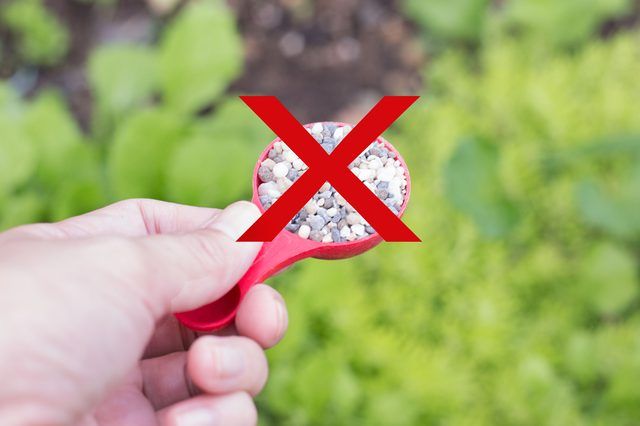Bulbs
Flower Basics
Flower Beds & Specialty Gardens
Flower Garden
Garden Furniture
Garden Gnomes
Garden Seeds
Garden Sheds
Garden Statues
Garden Tools & Supplies
Gardening Basics
Green & Organic
Groundcovers & Vines
Growing Annuals
Growing Basil
Growing Beans
Growing Berries
Growing Blueberries
Growing Cactus
Growing Corn
Growing Cotton
Growing Edibles
Growing Flowers
Growing Garlic
Growing Grapes
Growing Grass
Growing Herbs
Growing Jasmine
Growing Mint
Growing Mushrooms
Orchids
Growing Peanuts
Growing Perennials
Growing Plants
Growing Rosemary
Growing Roses
Growing Strawberries
Growing Sunflowers
Growing Thyme
Growing Tomatoes
Growing Tulips
Growing Vegetables
Herb Basics
Herb Garden
Indoor Growing
Landscaping Basics
Landscaping Patios
Landscaping Plants
Landscaping Shrubs
Landscaping Trees
Landscaping Walks & Pathways
Lawn Basics
Lawn Maintenance
Lawn Mowers
Lawn Ornaments
Lawn Planting
Lawn Tools
Outdoor Growing
Overall Landscape Planning
Pests, Weeds & Problems
Plant Basics
Rock Garden
Rose Garden
Shrubs
Soil
Specialty Gardens
Trees
Vegetable Garden
Yard Maintenance
How to Grow Baby's Breath
How to Grow Baby's Breath. Despite its soft, sweet name and wedding-bouquet reputation, baby's breath (Gypsophila paniculata) has a dark double life as an invasive weed. The tiny white blossoms that fill out flower displays grow on perennial plants that grow to 3 feet tall and wide. Hardy in U.S. Department of Agriculture plant hardiness zones 4...
Despite its soft, sweet name and wedding-bouquet reputation, baby's breath (Gypsophila paniculata) has a dark double life as an invasive weed. The tiny white blossoms that fill out flower displays grow on perennial plants that grow to 3 feet tall and wide. Hardy in U.S. Department of Agriculture plant hardiness zones 4 through 9, baby's breath has escaped cultivation and naturalized across much of the northern United States and Canada. If you decide to grow baby's breath, consider the annual plant (Gypsophila muralis), which is not invasive.
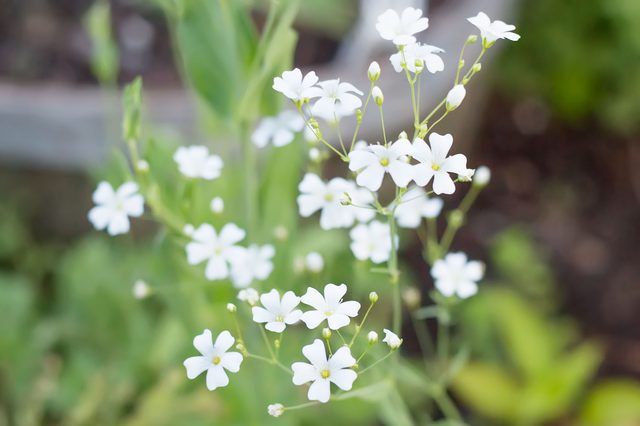
Step 1
Locate your baby's breath plant in full sun for fastest growth. The plant also grows in partial sun. Select an appropriate location the first time around, because baby's breath does not do well if transplanted.
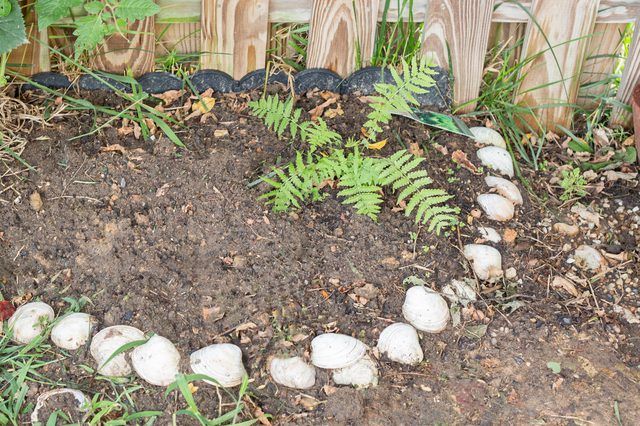
Step 2
Plant baby's breath in any well-drained soil that is alkaline, with a pH range from 7.0 to 7.5. In the wild, the plant grows well almost anywhere, on sandy, grassy or loamy soils in disturbed areas, beside roads, and even in ditches and cemeteries. As long as the soil drains well, your baby's breath should do well.
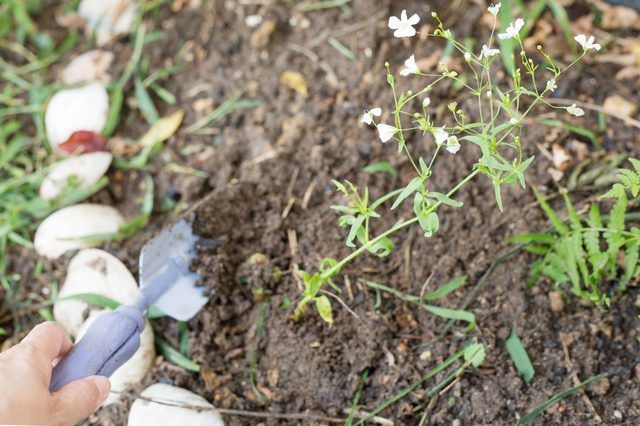
Step 3
Space the plants a yard apart -- each should grow some 3 feet wide. If you plant in a windy area, stake the plants when they are young. As a baby's breath plant matures, it becomes stiffer, and staking without breaking becomes more difficult.
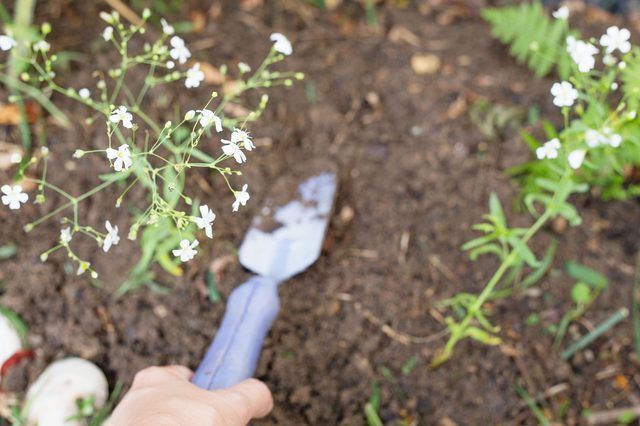
Step 4
Water weekly after planting for the first few months. Irrigate infrequently if at all after the plant is established in your garden. Baby's breath prefers dry soils and tolerates drought.
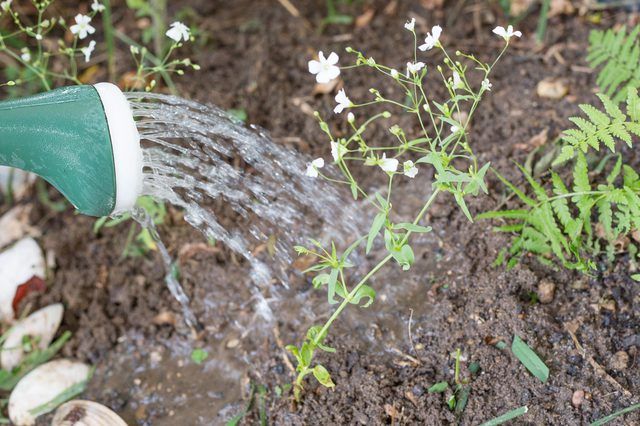
Step 5
Avoid fertilizer. Baby's breath grows vigorously on dry, infertile soil and generally does not suffer from pest attacks or disease.
